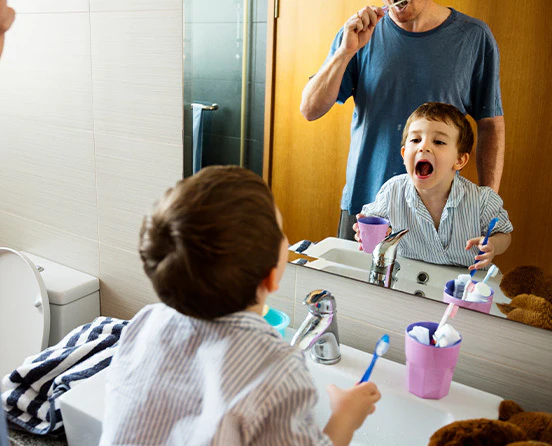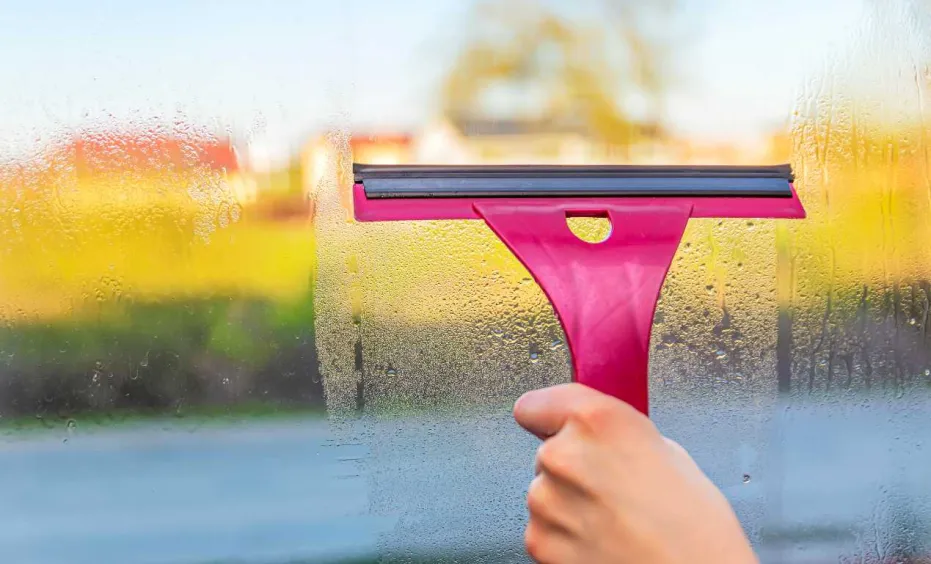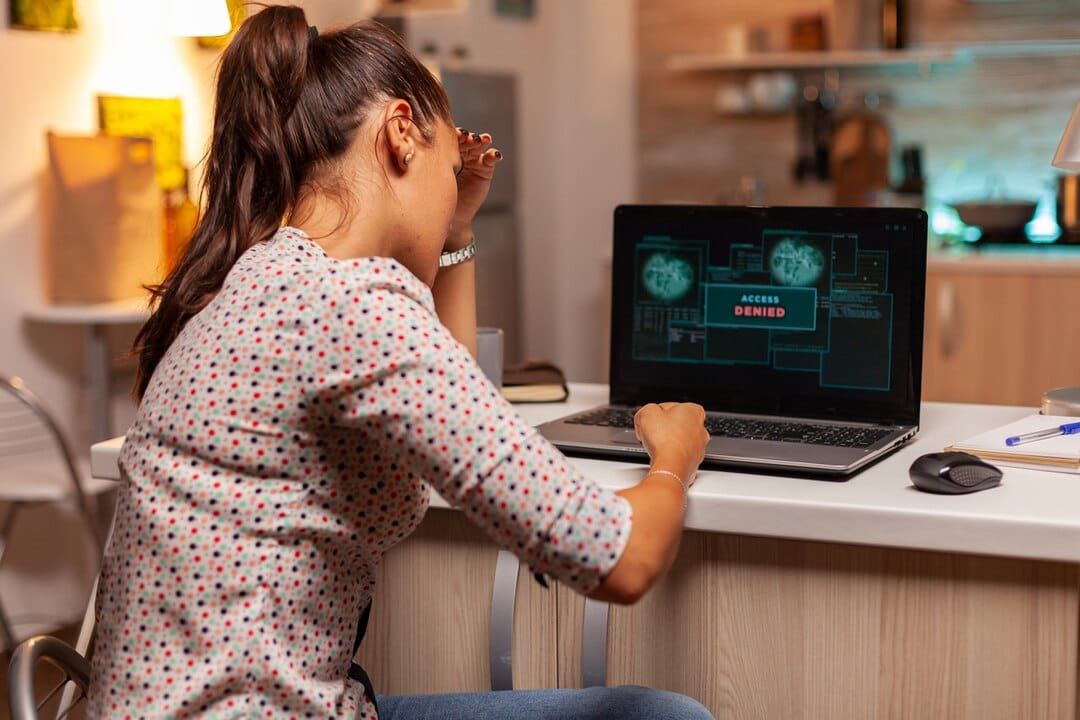As parents, one of our most important jobs is ensuring that our children develop good hygiene habits early on. Healthy hygiene practices not only help prevent illness but also lay the foundation for self-care habits they’ll carry into adulthood. From washing hands to brushing teeth, teaching kids about cleanliness can sometimes feel like a battle, but with the right approach, it can become an enjoyable and rewarding part of their routine. Here’s a guide to essential hygiene tips for kids that will leave them clean and happy, and help you breathe a little easier as well.
1. Handwashing: The First Line of Defense
One of the simplest yet most effective hygiene habits you can teach your child is handwashing. From playground germs to sticky snacks, hands can carry all sorts of bacteria. Teaching kids to wash their hands properly can drastically reduce the spread of illness.
Tip:
Make handwashing a fun activity! You can sing songs, like the “Happy Birthday” song twice or a favorite tune, to ensure they wash for 20 seconds. Use colorful soap or fun-shaped hand towels to make the experience more engaging. Remind them to wash their hands before eating, after using the bathroom, and after playing outside.
2. Brushing Teeth: Sparkling Smiles, Healthy Gums
Oral hygiene is another cornerstone of overall health. Teaching your child how to brush their teeth correctly will prevent cavities, gum disease, and bad breath. The earlier you start, the easier it will be to develop a routine they’ll stick to.
Tip:
Select child-friendly toothpaste with fun flavors and a toothbrush featuring their favorite character to make brushing more exciting. Show them the correct brushing technique, ensuring they brush for two minutes both in the morning and before bed. Additionally, remember to schedule regular dental check-ups at a trusted dentistry office in San Jose, CA, starting at age 1 or as soon as their first tooth appears.
3. Bathing: Fun and Cleanliness Combined
Bath time is a great opportunity to instill good hygiene habits in your child. While babies need baths frequently, older kids will need them less often but still regularly. A bath helps remove dirt, sweat, and oils from the skin, keeping it healthy.
Tip:
If your child is reluctant to bathe, make it a fun experience. Add bath toys, colorful bath gels, or bubble baths to entice them. For younger kids, using a gentle, tear-free shampoo and body wash will keep their skin and hair clean without irritation. Establishing a regular bath time routine, such as every other day or a couple of times a week, will help them develop consistency.
4. Haircare: Preventing Tangles and Itchy Scalps
While many kids’ hair routines might seem simple, ensuring they practice good hair hygiene is important. Regularly washing and combing their hair prevents scalp issues and tangles, making it more comfortable for your child.
Tip:
For younger children, opt for a mild shampoo and conditioner that won’t irritate their eyes or scalp. Teach them to gently comb through their hair to avoid tangles or knots. For older kids, show them how to wash and rinse their hair properly and give them a chance to practice on their own.
5. Nail Care: Trimmed and Tidy
Trimming nails is another essential part of hygiene that can sometimes be overlooked. Long or unkempt nails can harbor dirt and bacteria, leading to potential infections or other health issues.
Tip:
Make nail care part of your child’s weekly routine. Use child-friendly nail clippers to trim nails straight across and avoid sharp edges. Teach them not to bite their nails, as this can introduce bacteria and lead to infections. Explain that clean nails are part of looking and feeling their best.
6. Clothing: Clean and Comfortable
Clean clothes are just as important as personal hygiene. Wearing fresh, clean clothing helps prevent skin irritation and infections. It also promotes self-confidence in kids when they feel comfortable in their outfits.
Tip:
Make it a habit to change clothes daily and wash them after every use. If your child is old enough, teach them how to sort laundry into colors and fabrics, so they can be part of the cleaning process. Encourage them to wear comfortable, weather-appropriate clothing that is easy to put on and take off themselves.
7. Managing Germs: Keep Your Home Clean
Beyond personal hygiene, it’s essential to maintain a clean environment. Regularly cleaning toys, surfaces, and commonly touched objects (like doorknobs) will help minimize the spread of germs within your home.
Tip:
Encourage your child to clean up after themselves, especially with toys and personal belongings. Use disinfecting wipes on frequently touched surfaces like countertops, light switches, and remote controls. Keep tissues and hand sanitizers accessible, especially during cold and flu season.
8. Teaching Hygiene Habits Through Positive Reinforcement
The key to getting your child to adopt good hygiene habits is consistency and encouragement. Positive reinforcement helps them see hygiene as a routine, not a chore.
Tip:
Reward your child for good hygiene with praise or small rewards. Sticker charts or an extra bedtime story can motivate them to stick to their hygiene routine. Celebrate their success and make hygiene a family affair so they feel supported every step of the way.
In Conclusion
When it comes to hygiene, the goal is not just to keep your kids clean but to help them develop habits that will last a lifetime. By incorporating these simple hygiene tips into daily life, you can ensure your child stays healthy, happy, and confident. So, make hygiene a fun and interactive experience for your kids, and you’ll set them up for a future of cleanliness and good health. After all, clean kids make for happy parents!

















